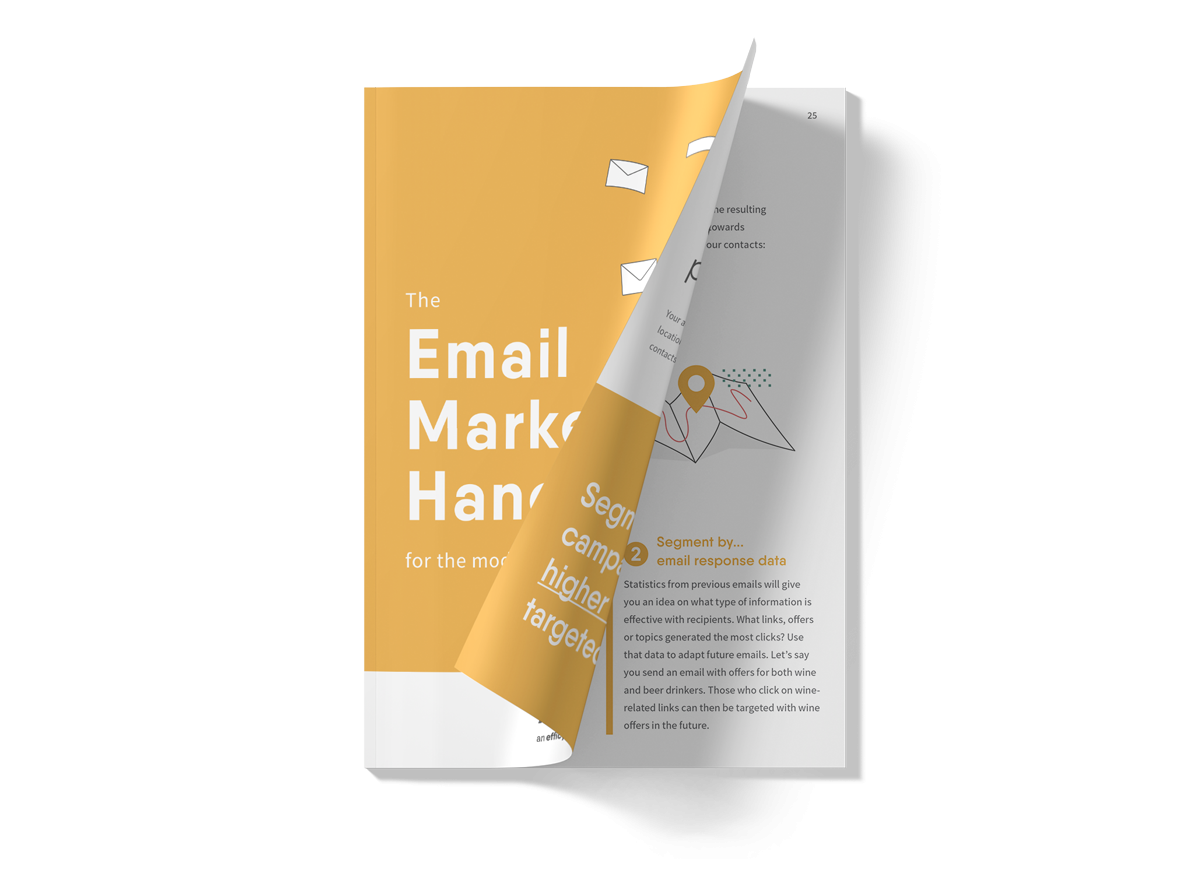How to create the perfect newsletter
Split testing is a powerful tool that increases the efficiency of your newsletters. It is easy to use and it may give you up to 20% better results.
But still, three quarters of all email marketers never test anything. It is time for a change – let’s get started!
Email marketers are quite used to being uncertain about how things they do will work out. When it comes to split testing, though, we know for a fact that it works. Anyone who uses systematic testing will get better results in the long run. Those who don’t will most likely never reach their full potential.
Split testing maximises the results of your newsletters with minimal effort. It answers a number of questions, such as:
• What day of the week is the best for my newsletter?
• What time of the day will my offers be most effective?
• When should I send newsletters with a lot of content?
• What type of subject line works best?
• Should our company be mentioned in the subject line? Or should it describe the contents of the newsletter?
• Should we use our company name as the sender name – or a person at our company?
Working with split testing
All split tests for email have the same characteristics: two messages that are sent to two different groups of recipients that are randomly chosen from your subscriber list.
Here’s how to do it: create your newsletter. Write two different subject lines and send each message to 5% of the subscriber list. When you see which message has the highest opening frequency, send that message to the remaining 90%. This way, you are certain that 95% of your recipients will get the best subject line.
There is an add-on module in APSIS Pro called APSIS Split Test that automates a large part of the test. All you have to do is to decide what you want to know, design a test and create the different options. The selection of recipients and the sending of the winning version is taken care of automatically.
Working with split testing is a process where you will gradually learn more. Anna Torkelstam works as Aftersales Manager at Apsis and has extensive experience of split testing.
Will split testing make it possible to answer all these questions?
– Yes, split testing will give you answers to these questions – and several others. But the point is that these answers will be tailored for you and your company. Nobody else. Your recipients will give you results that are meaningful just for you. As time goes by you will accumulate a lot of knowledge about your own best practices, it becomes a benchmarking just for your business.
How do I get started?
– Try something simple at first. Test subject lines, and remember to have two alternatives that are radically different. Once you get confident enough, the possibilities are endless. But even the simplest of tests will give you a lot of information.
Can anyone do a split test?
– I would encourage everyone who works with email marketing to try split testing. The additional workload is negligible compared to what you will learn and to the potential improvement of your results. In our own surveys, we see that relatively few marketers split test regularly, but those that do see some fine results. More people should give it a go!
Should I do it all the time, or only when I’m in doubt?
– For me, split tests are a natural part of email marketing. Make it a habit, don’t get stuck in the notion that you have to create the perfect test. It is actually quite easy to work with split testing. You will get better and better at this particular craft, and over time you will learn how to test the things that matter the most for your business. And, as is always the case with research, all results are interesting. Even if it’s not what you expected, you have learned something valuable.
Decide...
• What to test. Two texts, two offers, two subject lines, two landing pages – or something else.
• How to call the winner of the test. Clicks, conversions or web site visits. It is important to choose something measurable. Conversions are usually an ideal choice, but it is not possible to use for everyone. In that case, use a more basic measurement.
• How long the test should run. It is hard to give a general recommendation, since the setup of different tests vary widely. The length of the test period is an important part of the analysis of the results, however, and should be taken into account.
• The number of participants. This is to a large extent linked to the size of your subscriber list. If the total number of recipients is small, you should probably use a large part of the list. If the test groups are too small, the results will be less significant and harder to interpret.



